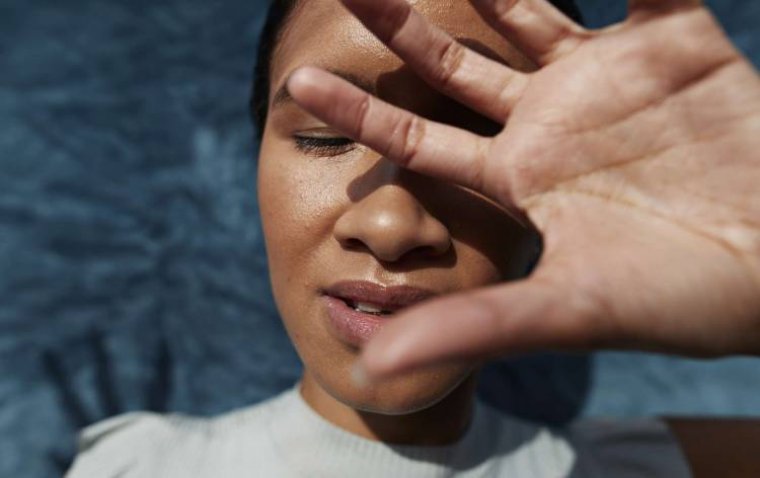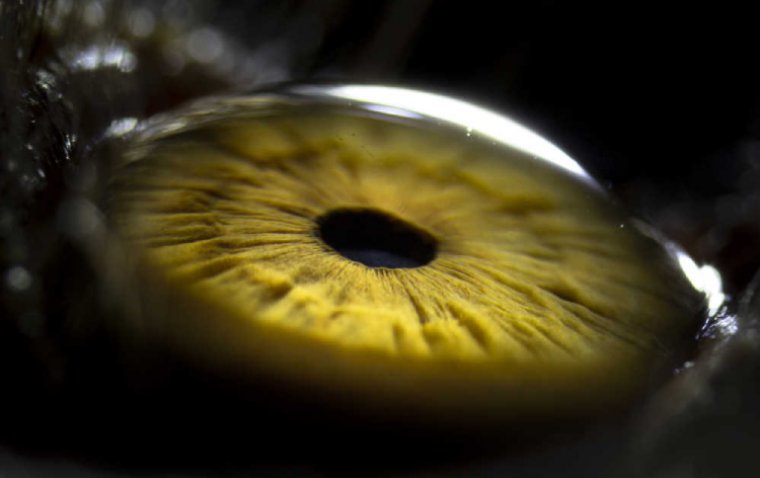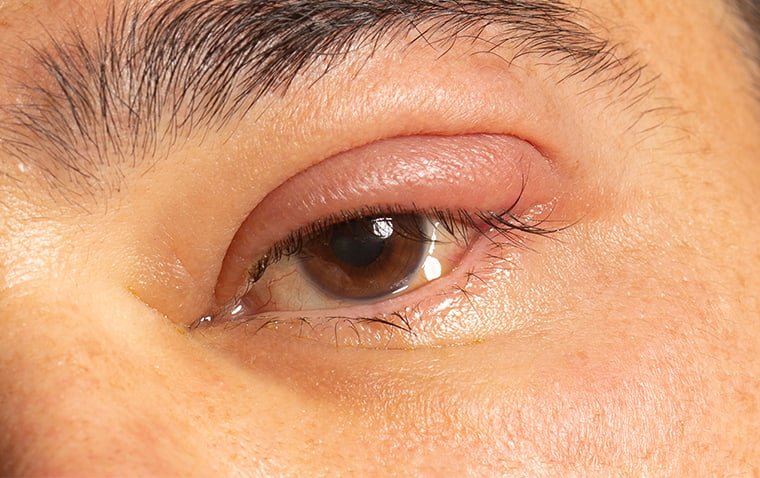
Photophobia in Ophthalmology: Causes and Management Strategies
Photophobia, or sensitivity to light, is a common condition characterized by discomfort or pain in response to exposure to light. While it can occur in individuals with healthy eyes, photophobia is often associated with underlying eye conditions or systemic diseases.
In this article, we'll delve into the causes, symptoms, and management strategies for photophobia, along with addressing frequently asked questions about this condition.
What Causes Photophobia?
Photophobia can be triggered by various factors, including:
1. Eye Conditions: Conditions such as dry eye syndrome, corneal abrasions, uveitis, and iritis can cause photophobia due to inflammation or damage to the eye's surface.
2. Systemic Diseases: Systemic diseases like migraines, meningitis, encephalitis, and traumatic brain injuries can lead to photophobia as a secondary symptom.
3. Medications: Certain medications, such as antibiotics, antihistamines, and psychiatric drugs, can cause photophobia as a side effect.
4. Eye Surgery: Following procedures such as LASIK or cataract surgery, patients may experience temporary photophobia during the healing process.
Symptoms of Photophobia
The symptoms of photophobia may vary depending on the underlying cause.
● Discomfort or Pain: Individuals may experience discomfort ranging from mild irritation to severe pain when exposed to light.
● Squinting or Blinking: Excessive squinting or blinking in response to light stimuli.
● Headaches: Photophobia can trigger headaches or exacerbate existing migraine symptoms.
● Watery Eyes: Some individuals may experience tearing or watering of the eyes as a protective response.
Photopsia vs. Photophobia
Photopsia and photophobia are distinct terms used in the realm of ophthalmology to describe different visual phenomena. Photopsia refers to the perception of flickering or flashing lights in the visual field, which can occur spontaneously or be triggered by various factors such as migraines, retinal detachment, or vitreous floaters.
.jpg)
On the other hand, photophobia refers to an abnormal sensitivity to light, causing discomfort or pain in response to bright light sources. While photopsia involves the perception of light flashes or flickers, photophobia is characterized by an aversion to light due to discomfort or pain. Understanding the differences between photopsia and photophobia is essential for accurate diagnosis and appropriate management of visual symptoms.
How to Diagnose Photophobia

Diagnosing photophobia involves a variety of options to pinpoint the underlying cause of light sensitivity. Healthcare providers typically start by conducting a thorough patient interview to understand the onset, duration, and severity of symptoms, as well as any relevant medical history. A comprehensive eye examination follows, which includes assessing the external and internal structures of the eyes for signs of inflammation, injury, or other abnormalities. Visual acuity testing may be performed to assess the clarity of vision, while pupil assessment helps evaluate the responsiveness of the pupils to light stimuli.
Additional tests, such as tear film evaluation, intraocular pressure measurement, or specialized imaging studies, may be conducted based on the suspected cause of photophobia. By utilizing these diagnostic options in combination with a discussion of lifestyle factors and medical history, healthcare providers can effectively diagnose photophobia and develop an appropriate treatment plan tailored to the individual patient's needs.Formun Üstü
Treatment Options for Photophobia
Managing photophobia involves addressing the underlying cause while also minimizing exposure to bright lights. Treatment options may include:
● Prescription Eyewear: Specialized glasses or contact lenses with tinted or polarized lenses can help reduce light sensitivity.
● Medications: Depending on the underlying condition, your healthcare provider may prescribe eye drops, oral medications, or topical treatments to alleviate symptoms.
● Environmental Modifications: Adjusting lighting conditions by using dimmer switches, wearing hats or sunglasses outdoors, and reducing screen time can help alleviate symptoms.
● Avoiding Triggers: Identifying and avoiding triggers such as fluorescent lights, glare from electronic screens, or certain foods can help manage photophobia.
In conclusion, photophobia can significantly impact daily life and may indicate an underlying eye or systemic condition. Seeking prompt medical attention and implementing appropriate management strategies are essential for alleviating symptoms and improving quality of life for individuals affected by this condition.
(1).jpg)










